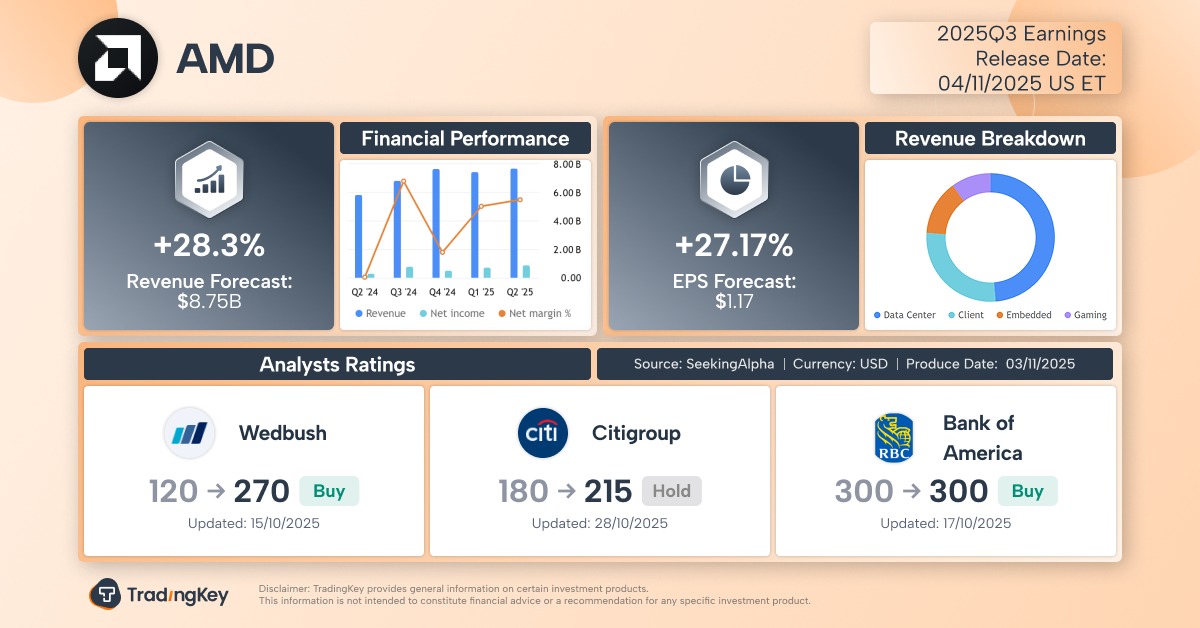GLOBAL MARKETS-Tech rally drives Tokyo, Taipei stocks to record highs; US dollar gains

By Kevin Buckland
TOKYO, Nov 4 (Reuters) - A rise in tech shares lifted Japan's Nikkei and Taiwan's TAIEX to all-time highs on Tuesday, though other markets in the region were lower following their own recent record rallies.
Sentiment was saddled with some weakness in U.S. economic data, while a divergence in views from Federal Reserve officials clouded the outlook for a December interest rate cut.
The U.S. dollar rose to a nearly nine-month peak versus the yen, as well as a three-month high against the euro.
Australia's stock benchmark sagged to a one-month trough ahead of a central bank policy decision later in the day, with no rate cut expected and traders on the lookout for clues about whether last month's inflation shock has nixed any easing until the second quarter of next year.
Overnight, tech shares buoyed both the U.S. S&P 500 .SPX and Nasdaq .IXIC, though futures pointed to declines of 0.3% ESCv1 and 0.5% NQc1, respectively.
Rodrigo Catril, senior FX strategist at NAB, said the overall theme for markets continues to be "tech stocks powering Wall Street higher, even as broader market sentiment remained cautious."
"U.S. economic activity is a story of two contrasting dynamics: An AI boom led by big tech, and a struggling manufacturing sector marred in tariff uncertainty and higher costs."
Japan's Nikkei .N225 reversed early declines to rise 0.2% and reach an unprecedented 52,636.87.
Taiwan's TAIEX .TWII gained 0.5% to set its own record high.
However, South Korea's KOSPI .KS11 slid 1.5% after Monday's 2.8% surge when it reached an all-time peak.
Hong Kong's Hang Seng .HSI added 0.1%, while Chinese blue chips listed onshore .CSI300 eased 0.1%.
Australia's stock benchmark .AXJO lost 0.8%.
The Reserve Bank of Australia is widely expected to hold rates steady after a surprisingly hot reading on third-quarter inflation showed building and services costs were not slowing as hoped.
Traders now see May as the most likely option for a rate cut, according to LSEG data.
"The RBA will likely reiterate its data-dependent stance and emphasise that monetary policy remains restrictive - leaving the door open for rate cuts if further labour market softening warrants it," said Tony Sycamore, an analyst at IG.
Gold's XAU= struggles also weighed on Australia's resource-heavy stock index, with bullion slipping 0.5% to around $3,980 per ounce. Gold is trying to find its footing following a sharp retreat from a record high in mid-September.
The Aussie dollar AUD= eased 0.2% to $0.6528.
The U.S. dollar JPY= rose 0.2% to touch 154.48 yen for the first time since February 13.
The euro EUR= dipped 0.2% to $1.1498 for the first time since August 1.
The U.S. dollar index =USD, which measures the currency against the euro, yen and four other peers, topped 100 for the first time in three months.
U.S. Treasury yields hovered close to three-week highs.
On Monday, Fed officials expressed competing views of where the economy stands and the risks facing it, with official economic data still suspended due to the federal government shutdown.
Fed Governor Stephen Miran restated the case for deep rate cuts, while Chicago Fed President Austan Goolsbee said he was leery of further reductions while inflation remained significantly above the central bank's 2% target.
The Fed lowered rates last week but Chair Jerome Powell suggested that might have been the last cut of the year.
On Monday, accounts from manufacturers in the private Institute for Supply Management survey painted a dire picture of the factory sector, showing U.S. manufacturing contracted for an eighth straight month in October as new orders remained subdued.
Traders are now pricing in a 65% chance of a rate cut in December, compared with 94% a week earlier, CME FedWatch showed.
Crude oil prices were steady as markets continued to weigh OPEC+'s decision to pause output increases in the first quarter, even as concerns over a looming supply glut persisted.
Brent crude futures LCOc1 edged down 0.1% to $64.80 a barrel and U.S. West Texas Intermediate crude CLc1 was down 0.2% at $60.95 a barrel.







